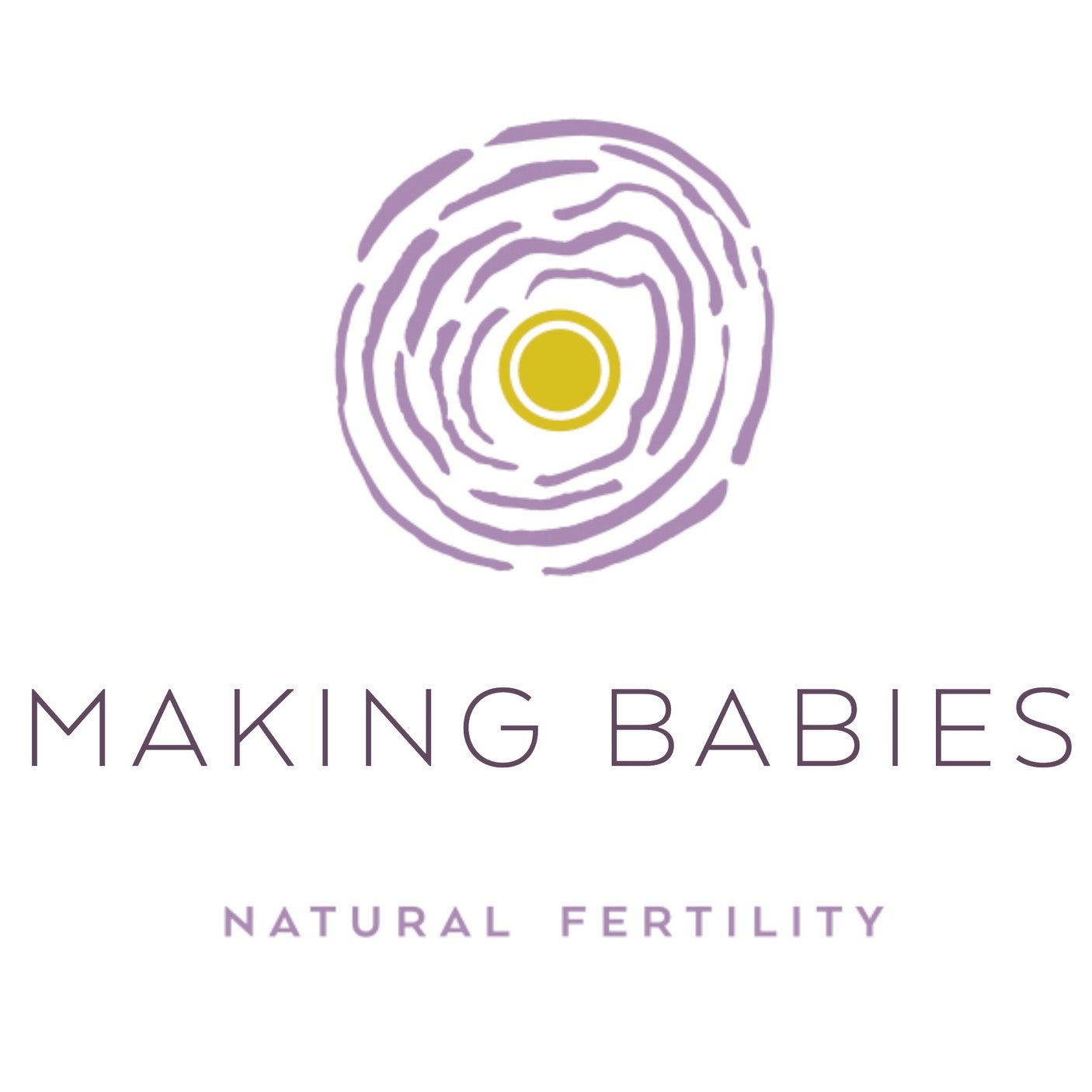Case study - Stressed Nina*
Meet Nina, 29 years
Nina and her partner have been trying for a baby for 12 months. She had her first consultation with me recently. Her numbers indicate a stressed body and mind, and stressed bodies choose not to make babies. Her periods had become irregular over the past year, making it difficult to understand her cycle and maximise the fertile window.
She confided that work had been particularly stressful, not only meeting deadlines as a media consultant but managing some toxic personalities in the office. She could see there were some better times ahead.
Nina managed stress by either working out at the gym or running each day. Her diet seemed adequate to fuel her busy lifestyle, with enough calories and nutrient variety to sustain her.
Not conceiving adds yet another layer of stress, with regular disappointments and the worry of unexplained infertility.
The protocol
The treatment protocol began in the usual way - cleaning up and balancing the microbiome, which, in turn, expels many environmental toxins and heavy metals, prescribing zinc as I want to build stomach acid as soon as possible, getting Nina on a preferred prenatal supplement… and lifestyle modifications.
Nina lamented that her physical output managed mental stress. I suggested that she swap out the physically demanding activities for more gentle ones like, yoga, tennis, walking…I was concerned that her hypothalamus was getting messages of excess stress created by demanding exercise, in addition to work and emotional stress.
Cycle tracking was going to be an excellent way to understand what her body was up to. I suggested several tracking options that were outlined in the complimentary Making Healthy Babies preconception program.
The Making Healthy Babies 3-month preconception program
This program is included in every initial consultation and provides all the information and support to grow excellent eggs and sperm, while preparing Nina’s body for a successful pregnancy.
I was keen to test Nina’s partner, the quality of his sperm being a critical component of the fertility journey. His microbiome probably mirrors Nina’s, as they are partners. There is maximum benefit if both partners make changes to their overall health, diet and lifestyle together.
The Health and Fertility Assessment
Interpreting results
Testing is energetic using a saliva sample. It takes around 20 minutes and provides meaningful, reproducible, and reliable data. The main red flags that indicate Nina’s fertility concerns were stress-related including SNS (sympathetic nervous system levels, flight or fight) and cortisol.
• ‘80’ represents ‘in balance’, and is the goal
• pH measures acidity/alkalinity
• ‘Endogenous depression’ is testing whether the body can access enough nutrients to make the neurotransmitter, serotonin. It gives an early indication of the nutritional scenario.
• Food sensitivity reflects the state of the gut and inflammation. Much of the microbiome (microorganism world, which is a zoo) lives in the gut. The colon houses most of our microbiome, however, pathogenic yeasts, bacteria, and other parasites can inhabit other areas of the gut and adjacent organs, like the pancreas and liver. They can impact the function of these organs. After a detox of pathogens, the gut is a much happier organ. We need to understand that yeasts/fungi and bacteria keep each other in check, so it is all about achieving balance.
• Environmental toxins – living in our modern world without acquiring these is very difficult. Testing shows me constantly that enviro toxins and heavy metals share a symbiotic relationship within pathogenic microbiota. When we detox, the enviro toxins and heavy metals leave the body. I have selected 4 environmental toxins that we all are familiar with. Keeping a balanced microbiota is the solution to not housing enviro toxins and heavy metals.
• Heavy metals can dislodge other elements, along with blocking the uptake of nutrients. This is the central ‘modus operandi’ and is about working with the principles of nutritional biochemistry. When nutrients are available the body can work efficiently.
• Digestive enzymes - lipase breaks down fats, while amylase breaks down carbohydrates. Pepsin is the enzyme needed for stomach acid production and is dependent on zinc. (Zinc can be blocked by heavy metals, especially copper. Copper and fungi/yeasts share a special affinity).
• Vitamin A never seems to be blocked, along with chromium (blood-sugar mineral).
• The B vitamins can be blocked by heavy metals. Vitamin B6 is dependent on zinc, B12 is dependent on stomach acid, and folic acid is dependent on B12, as well as other B vitamins). Don’t be surprised that they are all the same number as zinc.
• Many minerals can be blocked too, in spite of supplementation.
• Hormones can only be as available as their nutrient supply. This protocol improves the gut function increasing absorption of nutrients, making abundant digestive enzymes and increasing stomach acidity. Stomach acid is essential to a well-running body. It breaks down proteins into amino acids, kills pathogens, and begins the metabolism of minerals.


